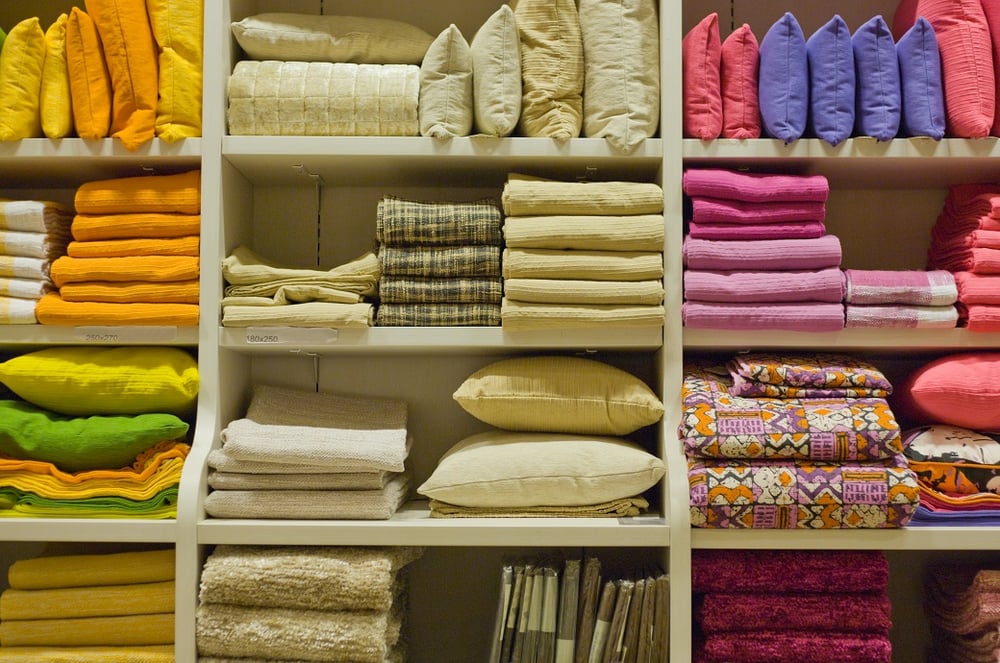Jute is the second most important commodity that after cotton, is most asked for in terms of usage, global consumption, production and availability. However, to many it is used in the ordinary gunny bag that is used to store and transport foodgrains and other commodities like cement, vegetables, sugar wheat etc. India is the largest raw jute produce in the world. Over the years, with the entry of synthetics and plastics, the use of jute has become minimal and this has had a bad impact on those depended on this fibre for their livelihood. To protect the jute industry, governments have tried to support it by bringing in mandatory packaging order for use of jute to store grains and sugar. However, jute continues to struggle and leave a lasting impression.
The first ray of hope appeared on the horizon as the world started to realise the importance of protecting the ecology and increase the use of biodegradable products in daily life. Several countries began banning use of plastics. Governments in these country are on course to ban the use of plastics in many spheres of life and Indians are switching back to the traditional way of using cloth bags for shopping, be it at the vegetable vendor or in the swanky shopping mall.
The key challenge for those in business was to develop eco-friendly but kitsch, designer and functional accessories for people to be able to make them a part of their daily life. It is in this context that National Jute Board, an organisation to promote jute Industry, helped set up a Jute Design Cell for shopping bags and lifestyle accessories at Innovation Centre for Natural Fibre (ICNF) at the National Institute of Design (NID). The ICNF works to develop a number of newer and innovative designs for jute carry bags and lifestyle accessories.












